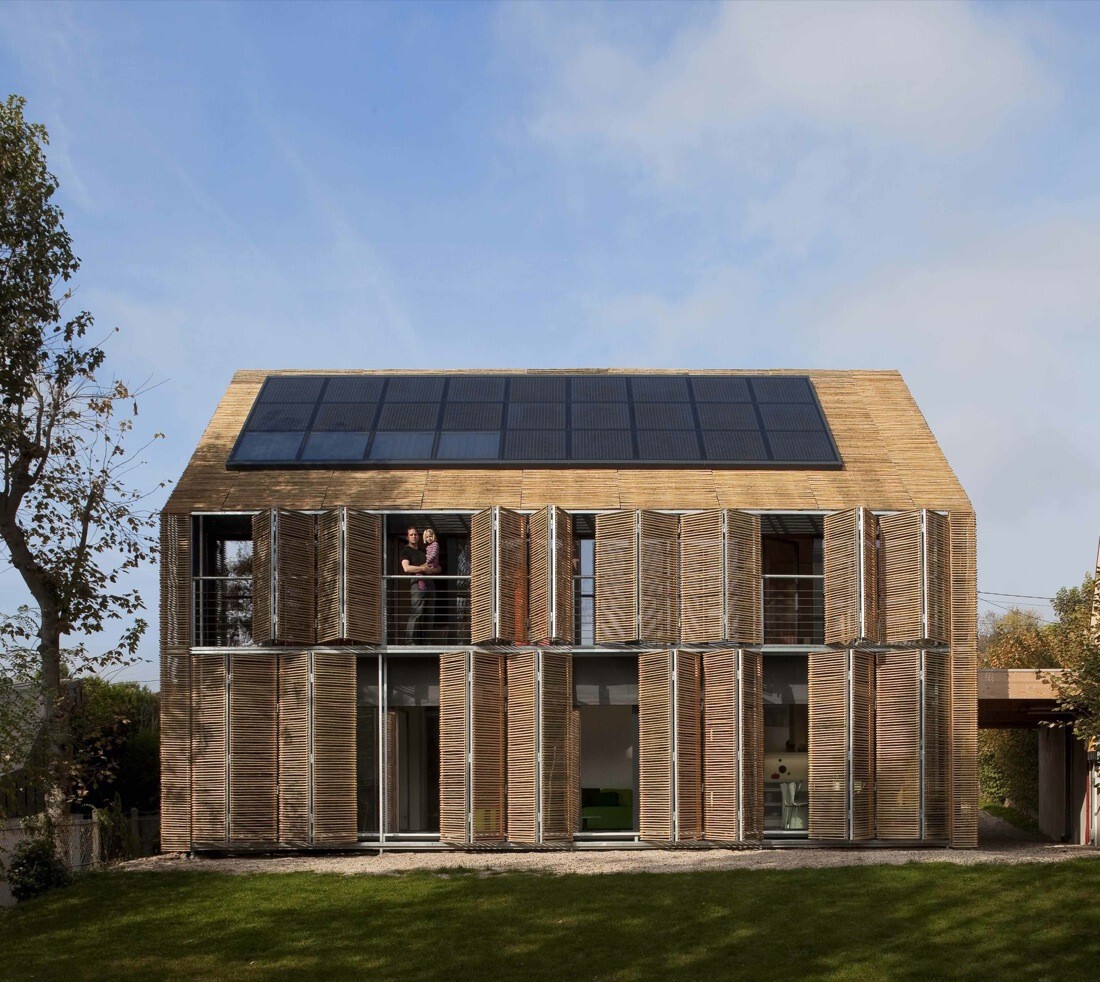The world is moving towards sustainable and clean energy sources, and the solar energy industry is booming. Photovoltaic stents play a crucial role in the solar energy sector, providing support to solar panels and ensuring maximum exposure to sunlight. However, the quality of the steel used in the construction of photovoltaic stents is critical to their reliability and longevity.

To ensure high-performance, photovoltaic stents require steel with specific properties. The steel should have excellent processing performance, including cold functionality, hot functionality, and weldability. These properties ensure that the steel can be easily processed into different structures and parts.
Cold functionality refers to the steel's ability to undergo deformation at low temperatures without cracking or breaking. This is essential during the manufacturing process, as the steel needs to be shaped and bent to form the structures needed for the photovoltaic stent. The steel's ductility and toughness are crucial for its effectiveness in cold forming.
Hot functionality refers to the steel's ability to withstand high temperatures without losing its structural integrity. When manufacturing photovoltaic stents, the steel needs to undergo heat treatment to improve its strength and durability. Heat treatment strengthens the steel by aligning the crystalline structure and removing impurities. However, the steel should not become brittle or lose its ductility during this process.
Weldability is the steel's ability to form strong and stable bonds with other materials during the welding process. Welding is a critical part of the manufacturing process of photovoltaic stents. The steel used in the stents should be easy to weld and form a strong and stable bond to ensure the stent's reliability and longevity.
In addition to these properties, photovoltaic stent steel should have excellent corrosion resistance, fatigue resistance, and impact resistance. The steel should also have a high strength-to-weight ratio to ensure that the stent can withstand harsh weather conditions and heavy loads.
When choosing the steel for photovoltaic stents, it is essential to consider the application-specific requirements. Steel needs to be carefully selected with the necessary properties to ensure that the finished stent meets the demands of the solar energy sector.
In conclusion, the steel used in photovoltaic stents plays a crucial role in the performance and reliability of the stents. Photovoltaic stents require steel with specific properties, including excellent processing performance, cold functionality, hot functionality, and weldability. Good quality steel with these properties will ensure long-lasting and reliable photovoltaic stents.